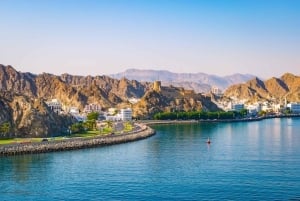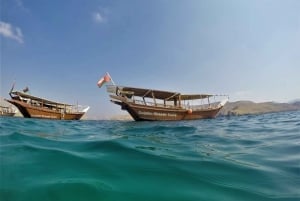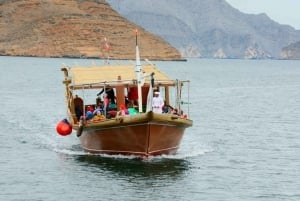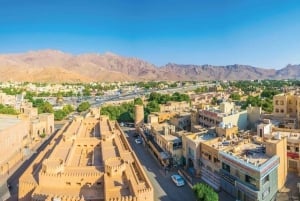Omani Dress Code
Most Omanis wear traditional dress on daily basis, and it is distinguishable from national dress in the other Gulf Regions.
Women wear a long black garment called an abaya over their clothes and nowadays these garments come in different colours also, which designers have in recent years adorned with intricate decorations in crystals, beads or cut out work. The headscarf tends to be worn on the brow and tight around the face although is sometimes seen worn more loosely exposing a little hair round the face. Bejewelled footwear can be seen peeping out the floor-sweeping gowns.
Traditionally, women wear a colourful tunic and sirwal (trousers). A burkha (mask) tends to be worn by older women and those from the interior.
Men wear a floor length white cotton tunic called a dish-dash, on top of a cloth undergarment called a wizar. The dish-dash is occasionally made out of black, navy, lilac or brown cottons. An embroidered kumah (hat) is worn for work and social events while a muzzar may be worn for more official occasions.
Oman is a Muslim country yet it does not require foreign female visitors to cover their heads or wear an abaya. Instead, visitors should respect a dress code which requires women to dress more conservatively than they are used to doing in their home countries, keep hemlines long and cover their shoulders. To dress provocatively will generate unwelcome attention. Hotel restaurants and bars however are places where the rules are relaxed a little. Men should avoid very short trousers in public areas and buildings.
Swimwear is acceptable however at pools and beaches.














